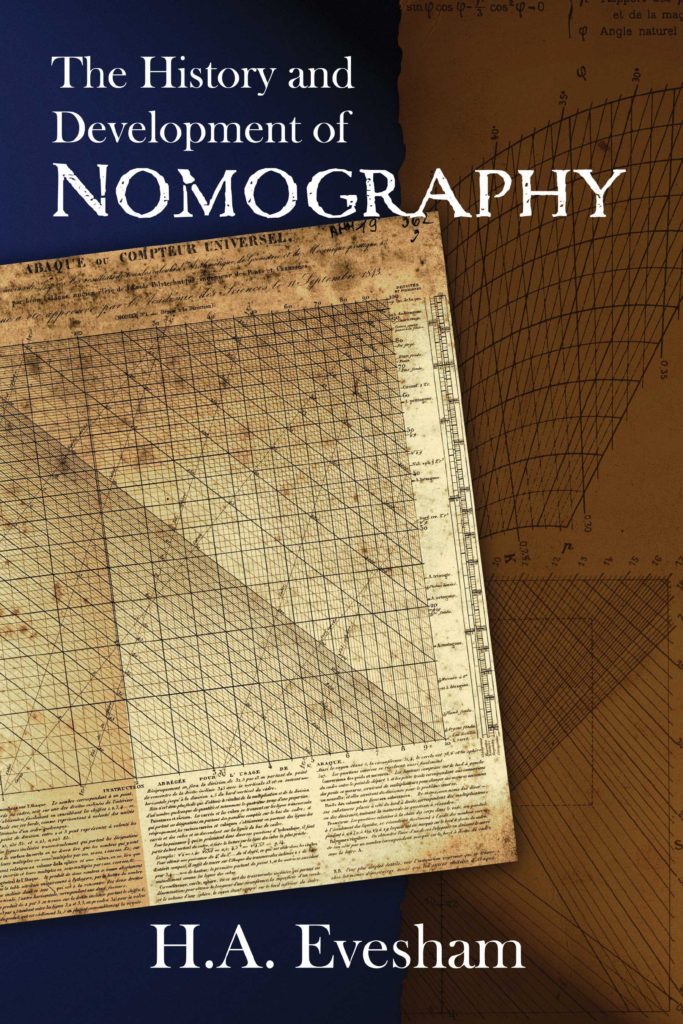Reviews
Nomography is a valuable computational tool in many geometrical or algebraic contexts, much appreciated by its practitioners but insufficiently known outside, even among mathematicians. However, it received a most capable historical study in the doctoral thesis of Dr. Ainsley Evesham, which now sees the public light of day in this welcome publication.
Ivor Grattan-Guinness
Emeritus Professor of the History of Mathematics and Logic, Middlesex University
Nomograms are one of the forgotten technologies of computing, neglected even by historians. A nomogram consisted of a printed graphical chart that was easy to use and inexpensive to replicate, which facilitated almost instant, specialized calculations. A mainstream calculating method from the 1890s until the 1950s, nomograms were widely used in areas as diverse as military engineering, ballistics, astronomy, navigation, and surveying. This important book is the first modern treatment of nomograms and is a most welcome addition to the literature of the history of computing.
Martin Campbell-Kelly
Emeritus Professor, Warwick University
Professor Emeritus Eduardo L. Ortiz
Imperial College, London
Ron Doerfler
Author, Dead Reckoning: Calculating Without Instruments

